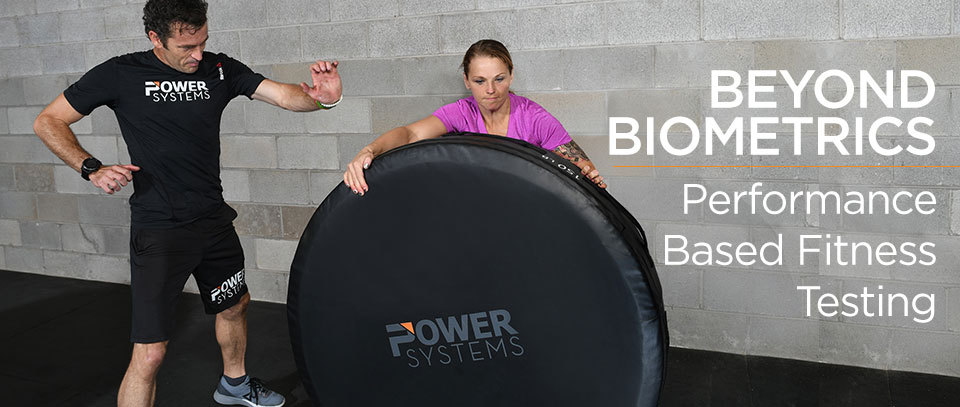“What gets measured, gets managed.” – Peter Drucker
A short and simple quote from one of the most influential thought leaders in the management world has wide application. Measurements, tracking, and assessing progress have always been associated with the fitness world. Technology has empowered individuals to track metrics via wearables and smartphones daily with ease such as calories burned, calories consumed, step count, heart rate, sleep efficiency, and so much more. Wearable technology was ranked the no. 1 fitness trend for 2017 and the availability of that technology is fueling the sports and fitness industry.
Fitness tracking technology is becoming more mainstream every day from individuals to studios and large health clubs. However, if you or your favorite workout facility hasn’t made the jump to wearables – or if you are more attracted to an unplugged and untethered workout experience – believe it or not, there are still ways to track progress.
Measurements are recorded to track biometrics, i.e. weight, body fat %, inches, etc. Sometimes these metrics do not change fast enough to please the decreasing attention span of the average American. When tracking fitness progress, it is important to track not only the physical changes of the body, but the physical capacity of the body.
Physical fitness tests have been used for years from medical institutions to the military to provide benchmarks when beginning a program. Many personal trainers use some form of fit test or movement assessment as the foundation upon which to customize a program. However, if you are exercising alone or leading a group through a fitness program – you can still measure “fitness”.
Conducting monthly fitness tests alone or with your group is a simple concept with a load of benefits such as:
- Providing metrics other than the scale to measure progress
- Driving performance to increase every 30 days
- Encouraging competition with oneself or with others
All you need is a stop watch and a few body weight exercises to design your own monthly fit test. Choose an upper body, a lower body, and a cardiovascular challenge, i.e. push-ups, squats, and a 1-mile walk/run. For the upper and lower body movements, select a time limit that is somewhat challenging from 30 seconds to 2-3 minutes – for example:
| 60 sec. Exercise | Sept Total | Oct Total | Nov Total |
| Push Ups | |||
| Squats | |||
| 1-mile run |
If you want a more comprehensive look at physical progress, choose a series of 3 exercises from each category and compare results quarterly – for example:
| Jan/Apr/Jul/Oct | Feb/May/Aug/Nov | Mar/Jun/Sept/Dec | |
| Upper | Push Ups – 60 sec. | Tricep Dips – 30 sec. | Pull Ups – 30 sec. |
| Lower | Squats – 60 sec. | Walking Lunges – 60 sec. | Floor Bridge – 60 sec. |
| Cardio | 1-mile run | Burpees – 60 sec. | Box Jumps – 60 sec. |
This is a simple yet effective way to track results that drive performance. Each month there is a physical benchmark to overcome – and with regular workouts – monthly performance should increase across the board.
While monthly fitness tests are more likely to be administered by a personal trainer, group fitness instructors can also administer tests to their class members. This is an empowering tool to provide regular attendees that creates visibility on how their physical performance has improved over time. But what if you teach a specialized class such as dance-based, mind/body, or aquatics? Based the cumulative effect of training, class members should still experience improved performance of body weight exercise with regular attendance/physical activity.
Don’t worry about “rocking the boat” by implementing fit tests into your group classes. While we all know some folks don’t like change, some might appreciate the fresh challenge each month. After all, tracking progress doesn’t have to be mandatory. At the end of the day, your participants are coming to get a good and safe workout. If they participate in the fit test, but don’t want to keep track of their progress – no big deal – they are still moving and sweating and that is a good thing. Besides, the fit test won’t last the entire class time and when complete you and your group can move on to the regular format of the class.
Empower yourself, your clients, and your group class attendees by implementing a monthly fit test. These results can be more impactful than biometrics and will start to perpetuate the mindset that physical fitness is about so much more than just the weight on the scale.
